The gas of life and the climate
/1 Comment/in Long Articles/by Rudolf HuberI was a bookish child. While others honed their skills on the round leather, I devoured encyclopedias. You read right. I thought I had to read a certain number of pages from the biggest encyclopedia daily. One day, I would have read everything there is to read. I always wanted to know everything there is to know.
Of course, that’s a very childish dream. Life taught me many things, One among them is that today it is impossible to know everything.
Then a family friend bought me the biggest illustrated encyclopedia about life money could buy at the time. I learned about the basics of life and how life evolved from simple bacteria to complex cells. How it all originated from one primordial element that’s present in all life we know, no matter how exotic. CARBON.
That made me curious so I asked if there could be non-carbon-based life. There was no internet for me at the time so I was petty alone with my question. In the meantime, I learned a good deal more about it and how essential carbon is for life.
Today, carbon has become the enemy. The IPCC and a whole plethora of other institutions hold carbon responsible for the warming of the Earth. Oh sorry, it’s called Climate Change now.
4 billion years back, it was very different though. Primitive Earth had no life yet. But it had a proto atmosphere. Courtesy of millions of volcanoes. They were spewing their load from the bowels of the Earth for many millions of years. This proto atmosphere would have been unrecognizable to man as it was way more than 90% of CO2. How did Earth not transform into hell straight away with so much CO2? That’s more than 2000 times of the CO2 that we have in the atmosphere today – if you need a reference.
The CO2 in our early atmosphere was the seed of life. It allowed the formation of amino acids. Those – in turn – gave rise to the first primitive sacks full of chemicals. You know them as primitive bacteria. I will not go through the entire evolution of life now as this would be a neverending story. My wife keeps telling me that I can lecture for hours. And that without even breathing so we better leave the evolution thing here.
Suffice it to say that the emergence and explosion of life brought CO2 levels down. It fired up the Oxygen from the CO2 and bound the carbon in solid compounds. Over billions of years, an atmosphere that we would recognize today emerged. CO2 was still a lot higher than today – in the thousands and even tens of thousands of ppm. Until towards the end of the Paleozoic age, about 300 million years ago Earth hit a cul-de-sac.
Trees and giant ferns have bound vast amounts of CO2 over millions of years. But those trees could not rot. No organism was capable of digesting lignin which is the main constituent of wood. When trees died, they toppled and fell over each other. Thus, they built up vast layers of compressed wood that would, in turn, transform into the coal we find today.
The CO2 stores in Earth’s atmosphere are depleted. Very little if any of it found its way back into the air. Earth was on a suicide trajectory. Soon CO2 would be too low and life on Earth would come to an unspectacular end. Death by Co2 asphyxiation.
But we were lucky. Life one-upped the game by developing the capability of digesting lignin. I have read about this molecular compound and it is a real hardass of a polymer so we got lucky. CO2 values rose again.
For the vast majority of the last 200 million years, CO2 levels were above 1000 ppm. That’s way above today’s levels and those are too high. By the Climate Alarmist fraction at least.
During the last couple of million years, Earth experienced major glaciation. This came together with very low CO2. The last glaciation period took a break around 15K years ago.
The resulting less-than-freezing conditions enabled the rise of humanity. We evolved from the Stone Age to today’s civilization.
But this respite from the Ice Age was not a time of uniform temperatures. There were major warm periods, each often lasting decades or even centuries. The last four of them each correspond to major advances in human civilization.
About 3000 years ago, the Minoan Warm Period peaked. This corresponded with the peak of the New Egyptian Kingdom and the Ramses area.
About 1750 years ago the Roman Warm Period (RWP) peaked and with it, the Roman Empire had reached its golden age. About 700 years ago the Medieval Warm Period (MWP) peaked. This kicked off the Renaissance. And finally, the current Modern Warm Period gave us modern life as we know it. Never before have so many done so well.
On the other side, about 3900 years ago, a cold period ended the Minoan age. It brought the Sea people ending the Bronze Age. And with it many ancient high civilizations. About 2250 years ago, a cold period corresponded to the fall of classical Greece.
About 1280 years ago an even colder period corresponds with the European Dark Age. It also brought about the fall of the Frankish Empire.
Finally, about 400 years ago, the Little Ice Age ended the Renaissance. It was the coldest of the cold periods on record.
Each successive warm period was a bit cooler than the preceding one. Each successive cold period was also a lot colder than the preceding one. We have a pattern that has delivered its effects since the beginning of the Holocene 15K years ago. Plus, those cold periods were no Glaciation events but sub-cold events in the Holocene.
During all those ups and downs, CO2 was very stable.
There was a slight increase in CO2 sometime after a new warm period started. So stability was still not perfect. Warmer temperatures release more carbon that’s solved in the seawater when it’s colder. This gives the atmosphere a CO2 boost after it gets warmer. CO2 is the result of warming. Warming is not the result of CO2.
It is also clear that warm periods are good for us and life. Cold periods are detrimental to life.
As there was more CO2 around, plants grew better and harvests were more bountiful. With more food to go around, human societies could afford to invest in innovation. They could also expand their knowledge resulting in technological and human progress.
Greenhouse growers know the effect. They buy CO2 and enrich the air in the greenhouses with it. They do it to boost plant growth and the results are astonishing. Plants grow much larger and stronger with more CO2. They also need much less fertilizer and bind more water. The plant matter is also a lot richer in nutrients for those eating it and regrowth is much faster.
CO2 is the gas of life. Without CO2 there would be no life. Higher CO2 is good for plant growth, and of course, if CO2 goes too low plants would start to die and we with them. Most plant growth would stop at or below 150 ppm. And Greenhouse growers more CO2 up to a level of 1500ppm into their Greenhouses. This helps their plants grow.
Pre-industrial levels of CO2 were at 280 ppm. This is close to the lower end and hence plant death.
The current CO2 concentration in the air is about 400 ppm – that’s parts per million. To give you some sense of how little that is. It’s 0,04% of the air we breathe. Oxygen is about 500 times more abundant. The rare gas Argon is about 20 times more abundant.
CO2 is very rare in today’s atmosphere. Even the higher numbers resulting from the industrial revolution are far too low. At least when we compare it to geological history.
We should be thankful for the new lease of life artificial CO2 gives us.
We know that more CO2 spares us from plant death. Thus, it is fraudulent to commit trillions of USD in forlorn investments. Only to negate something that we need for our survival.
Image by Martin Str from Pixabay

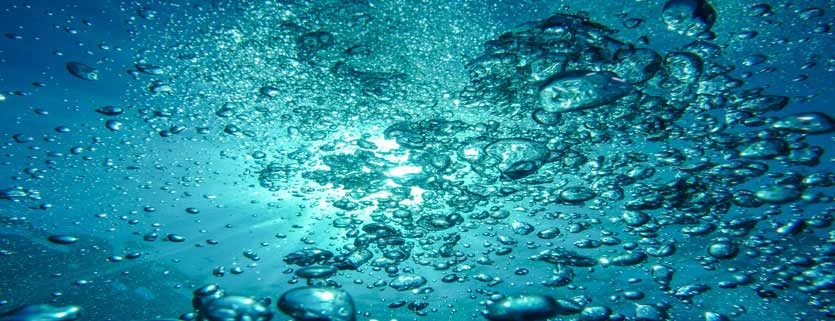
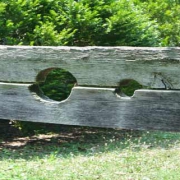
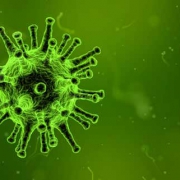

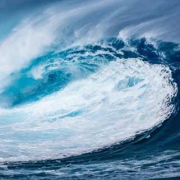
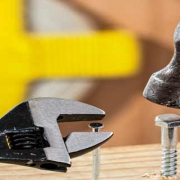










Trackbacks & Pingbacks
[…] But this is not a story about the evolution of our atmosphere. I did that in an earlier blog post. […]
Leave a Reply
Want to join the discussion?Feel free to contribute!